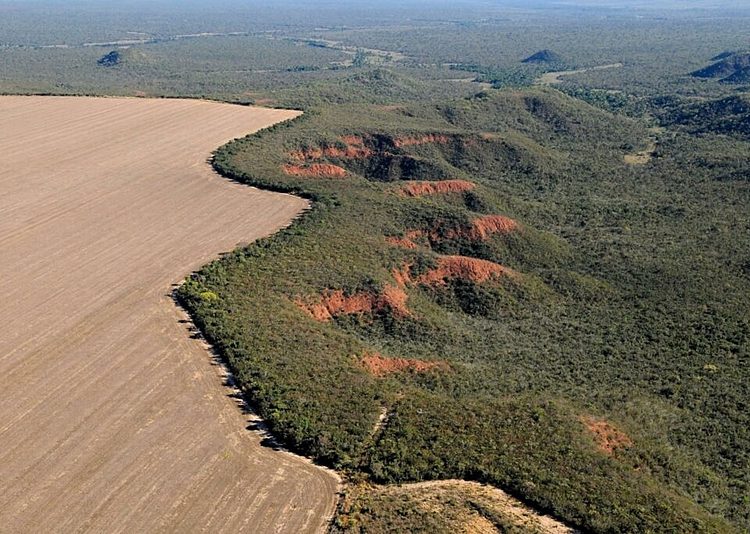With uninterrupted expansion for the last 38 years, the agribusiness sector occupies a third of Brazil’s territory. Data collected by MapBiomas and released this Friday (06) show that, between 1985 and 2022, the area used by these activities in the country expanded by 50%, becoming as large as Mato Grosso, the third-largest Brazilian state.
Almost two-thirds of the increase recorded in what is known in Brazil as the “agricultural frontier” happened due to deforestation using the soil for cattle pasture. According to the study, between 2008 and 2012, there was a drop in the replacement of native vegetation for pasture. However, since 2013, levels have risen again.
The socio-environmental impacts of agribusiness in Brazil are extensive. "Agribusiness growth is still related to deforestation. It contributes to the rise in greenhouse gas emissions in the country, loss of natural ecosystems and biodiversity, plus affecting climate regulation and the hydrological cycle,” lists Julia Shimbo, the scientific coordinator of MapBiomas.
“It causes land and social conflicts with Indigenous and traditional communities. Besides, inadequate agribusiness management may degrade the soil and decrease productivity in the long run,” she added.
The Amazon rainforest is where a process has been taking place, particularly in Pará state. Four decades ago, the Amazon area occupied by pastures aimed at agriculture was 13.7 million. In 2022, it had already jumped to 57.7 million.
"There is a loss of native vegetation in all Brazilian biomes, with different conversion patterns. The increase in pasture area in the Amazon, surpassing the pasture area found in the Cerrado biome, is related to the growing deforestation in the region in recent years, primarily for pastures,” explains Shimbo. "But many of these areas are unproductive, with land being converted for sale that can later be converted to agriculture."
The area occupied by soy in Cerrado grew by four times
Among the lands taken by agribusiness since 1985 and aimed at cultivation, almost all (96%) produce grains and sugarcane. Having tripled the area in the last 38 years, these plantations currently occupy 7% of Brazilian territory.
Transgenic soy is the flagship. Of the 58.7 million hectares occupied by these plantations, 35 million are used to plant soy. This commodity alone increased by four times the area it occupies in the country.
Although this process occurs in all biomes, it is in the Cerrado biome that soy cultivation increased by more than 15 times in the period monitored. "Despite accelerated growth in recent years in the Amazon, Cerrado accounts for 48% of the area planted with soybeans in Brazil,” reads the document.




